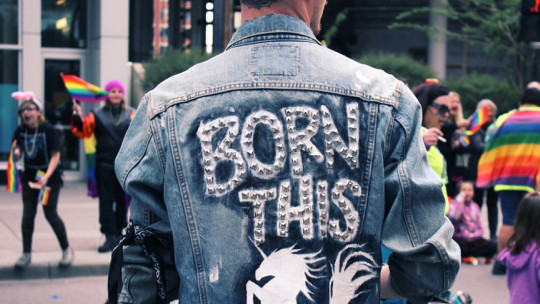
The types of racism that occur on the planet They are an example of the extent to which there are attitudes based on discrimination that have become deeply rooted in many cultures.
In reality, racism can take so many forms that in some cases it goes unnoticed and can be perceived as the natural order of things. That is why it is important to know the different types of racism and know how to identify them on a daily basis. But first, let’s start with the basics.
What is racism?
Racism is a very abstract concept that refers to the act of discriminating against people based on their race or the tendency to frequently engage in this type of discrimination.
Thus, a racist person takes into account his or her prejudices about the characteristics that people have (hypothetically) because of the lineage from which they come, and defends the idea that individuals should have certain rights or others depending on their race. .
At the same time, the concept of race is highly discussed, since although as a scientific entity does not exist within the field of biology applied to our species, in social sciences and humanities it is used. This means that although technically there are no human races, a large amount of the population does believe so, and therefore can discriminate based on the supposed racial groups to which people belong.
That is why, among other things, the boundaries between different races are so confusing; There is no clear way to indicate where one of these population groups begins and another begins.
Main types of racism
The most common types of racism are the following. However, it must be taken into account that in practice many of them overlap with each other.
1. Institutional racism
The adjective “racist” is also used to refer to laws or institutions that discriminate against people because of their roots This is the case of institutional racism, reflected in forms of organization and distribution of power that have been established in rules, statutes, etc.
References to institutional racism go well with philosophical currents related to postcolonial studies or the works of Michel Foucault, which speak of forms of oppression and domination that go beyond the purely psychological and are materially reflected in structures of social organization and laws.
2. Cultural racism
Cultural racism emphasizes a supposed cultural superiority of one ethnic group over another It must be clarified that this type of racism does not consist of pointing out that there is one culture that is better than the others, but rather establishing a deterministic relationship between race and culture. For example, believing that civilizations made up primarily of black people are incapable of creating good literature is an example of this.
However, it must be taken into account that this concept is controversial, since it is often criticized for blurring the true meaning of racism, which would necessarily refer to biological characteristics or at least to visible physical characteristics that are easy to verify based on objective criteria. , such as skin color.
3. Biological racism
This is one of the types of racism that most emphasizes the influence of genetics on abilities and the psychological propensities of people. It is believed that the inheritance passed through the genes determines a good part of who we are, and that this supposes the irremediable superiority of certain races over others.
4. Reverse racism
It is a concept that is used to refer to racist attitudes directed against parts of the population who are not usually the target of racist attacks usually people perceived as white.
There is some controversy about whether this phenomenon can really be considered a type of racism, given that it does not have to do with a form of systemic oppression that goes beyond the individual attitudes of certain people. That is to say, while racism towards the non-white population is based on historical and material inequalities (domination of their native lands, greater military power, etc.), racism against whites has nothing to do with a situation of structural discrimination.
However, if we are interested in focusing on a clear and concise meaning for the word racism, we may tend to accept that white people can also suffer a type of racial discrimination.
5. Racism based on skin color
This type of racism is based on appearance, and is very superficial. Basically, it consists of a contempt or irrational hatred of people because Simply, the appearance that their skin color gives them, different from what one considers to be “normal.” In practice, it overlaps with many other types of racism.
6. Colorism
It is a form of racism that occurs within population groups that in turn tend to be discriminated against. It consists of belittling or excluding certain people who have very marked traits attributed to their race, that is, that hands approach the appearance of whites In populations with African origins, for example, the victims are individuals with darker skin, as opposed to other blacks with lighter tones. Its existence is proof that unequal power dynamics also occur within discriminated groups.
7. Xenophobia
Xenophobia is a mix of racism and nationalism, so there is discrimination for cultural reasons. That is to say, discrimination is made partly due to biological origins and partly due to the cultural heritage that someone who is perceived as a foreigner has internalized since childhood.
8. Stereotyping racism
It consists of placing a lot of emphasis on the biological characteristics that are usually attributed to certain ethnicities, creating many moments in which attention is drawn to them. For example, pointing out that people who come from China have yellowish skin is a clear example of forcing reality to fit into differentiation schemes between people.
Compared to other types of racism, this seems relatively harmless, since it is not based on hate, but it is also has adverse effects, because it pigeonholes people and makes it difficult to look beyond these classifying categories.








